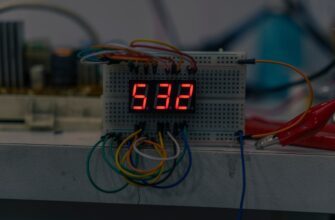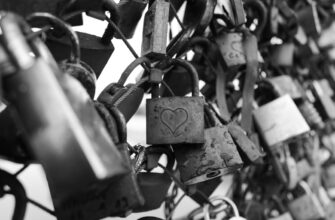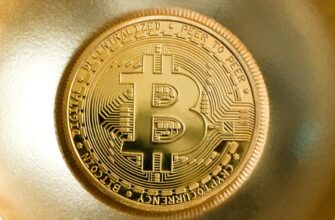Why Buying Bitcoin Safely Matters
With Bitcoin’s growing popularity, learning how to buy it securely is crucial. Unlike traditional banks, cryptocurrency transactions are irreversible, making security non-negotiable. Hackers and scammers actively target crypto investors, so implementing robust safety measures protects your investment from theft, fraud, and human error. This guide walks you through proven methods to acquire Bitcoin with confidence.
Step-by-Step Guide to Buying Bitcoin Safely
- Educate Yourself First: Understand blockchain basics, volatility risks, and transaction mechanics through trusted resources like Bitcoin.org or Coinbase Learn.
- Choose a Reputable Exchange: Opt for regulated platforms like Coinbase, Kraken, or Gemini with strong security histories and insurance policies.
- Secure Your Account: Enable two-factor authentication (2FA) via authenticator apps (not SMS), create a unique 12+ character password, and whitelard withdrawal addresses.
- Complete KYC Verification: Submit required ID documents to comply with anti-money laundering laws—this adds legitimacy and account protection.
- Deposit Funds Securely: Use bank transfers (ACH) or debit cards. Avoid public Wi-Fi; connect via VPN during transactions.
- Execute Your Purchase: Start with small amounts using limit orders to control buy prices. Double-check wallet addresses before confirming.
- Transfer to a Private Wallet: Immediately move Bitcoin from the exchange to a self-custody wallet—never store large amounts on exchanges.
Choosing a Secure Bitcoin Exchange
Key factors to evaluate:
- Regulatory Compliance: Look for licenses in your region (e.g., FinCEN in the US)
- Security Protocols: Cold storage for 95%+ of assets, SSL encryption, and withdrawal whitelisting
- Reputation: Check incident response history and user reviews on Trustpilot
- Fees: Compare transaction costs—aim for under 1.5% per trade
- User Experience: Intuitive interfaces reduce costly mistakes
Storing Your Bitcoin Securely
Post-purchase storage determines long-term safety:
- Hardware Wallets (Cold Storage): Devices like Ledger or Trezor keep keys offline—ideal for holdings over $1,000
- Software Wallets: Mobile/desktop apps (e.g., Exodus) offer convenience for small, active balances
- Paper Wallets: Physically printed keys—ensure secure generation and storage
- Critical Practices: Backup seed phrases on metal plates, never share keys, and verify wallet addresses via QR codes
Common Bitcoin Buying Pitfalls to Avoid
- Using unregulated P2P platforms with no escrow protection
- Skipping 2FA or reusing passwords across platforms
- Falling for “too good to be true” investment schemes
- Storing Bitcoin on exchanges long-term (remember Mt. Gox!)
- Ignoring software updates for wallets and devices
Frequently Asked Questions (FAQ)
Q: What’s the minimum security needed to buy Bitcoin?
A: At minimum, use a regulated exchange, enable 2FA, and transfer to a non-custodial wallet immediately after purchase.
Q: Can I buy Bitcoin anonymously?
A: Fully anonymous purchases are nearly impossible on regulated exchanges due to KYC laws. Some decentralized exchanges (DEXs) offer partial privacy but carry higher risks.
Q: How do I spot Bitcoin scams?
A: Red flags include unsolicited offers, pressure to act quickly, promises of guaranteed returns, and requests for seed phrases or login credentials.
Q: Is a hardware wallet worth the cost?
A: Absolutely for holdings exceeding $500. A $50-$150 hardware wallet prevents losses far exceeding its price.
Q: What if I send Bitcoin to the wrong address?
A: Transactions are irreversible. Always verify the first/last 4 characters of wallet addresses and use QR codes when possible.
Q: How often should I check my security settings?
A: Audit your exchange and wallet security quarterly. Update passwords biannually and monitor login activity monthly.








